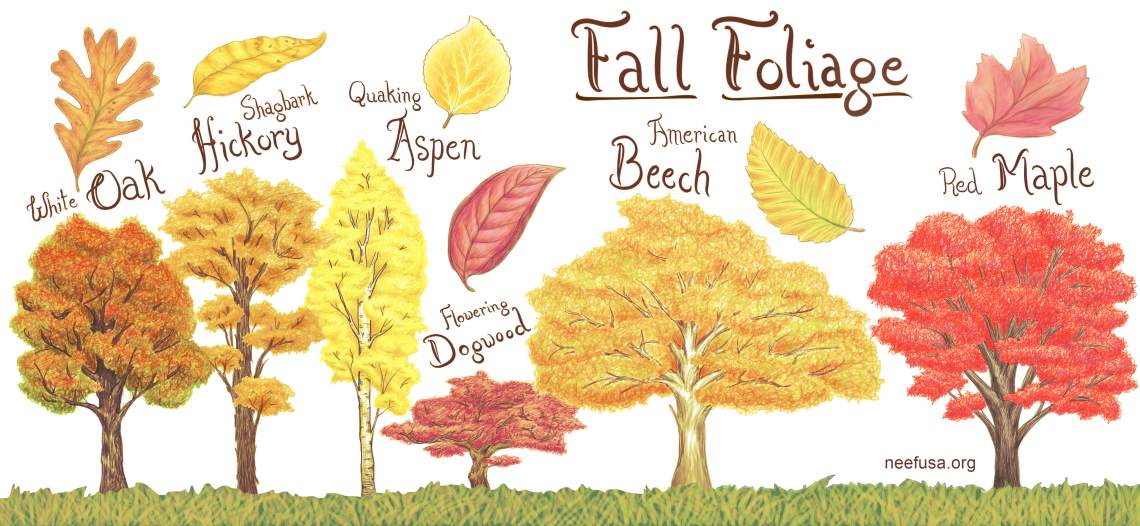Fall foliage tourism across the country is a highly profitable industry, bringing $460 million annually in revenue to Vermont alone and accounting for 20 to 35% of the state’s annual tourism. According to the US Forest Service, fall tourism brings $8 billion in revenue to New England each year.
Weather influences the amount and brilliance of color in autumn leaves—temperature and moisture affect color, leaf aging, and leaf death. A moist growing season followed by dry sunny days with cool nights produce the best fall colors, but varying combinations of temperature and moisture make each autumn unique. Extreme weather events can affect fall foliage in a number of ways:
- Drought stressors during the growing season, such as decreased forest productivity and increased insects and diseases, can trigger leaves to drop prematurely, before they develop fall coloration.
- Heavy winds and severe thunderstorms can cause leaves to fall before they change colors.
- Freezing conditions, especially early frost, destroy a leaf’s ability to produce red and purple colors.
- Hurricanes can destroy trees and their foliage. For example, Hurricane Irene deposited salt on trees many miles inland, causing cell and tissue damage to leaves.
- Wildfires, depending on their severity, can destroy the forest canopy.
Warmer temperatures due to climate change have delayed leaf coloring and leaf drop. Satellite observations indicate a delayed fall “changing of colors” of up to four days per decade in North American temperate forests since 1982. Warming temperatures have also been associated with earlier onset of spring – the combination of an earlier spring and a delayed fall season has increased the active growing season.

Republished from NEEF: https://www.neefusa.org/nature/land/leaves-they-are-changing


